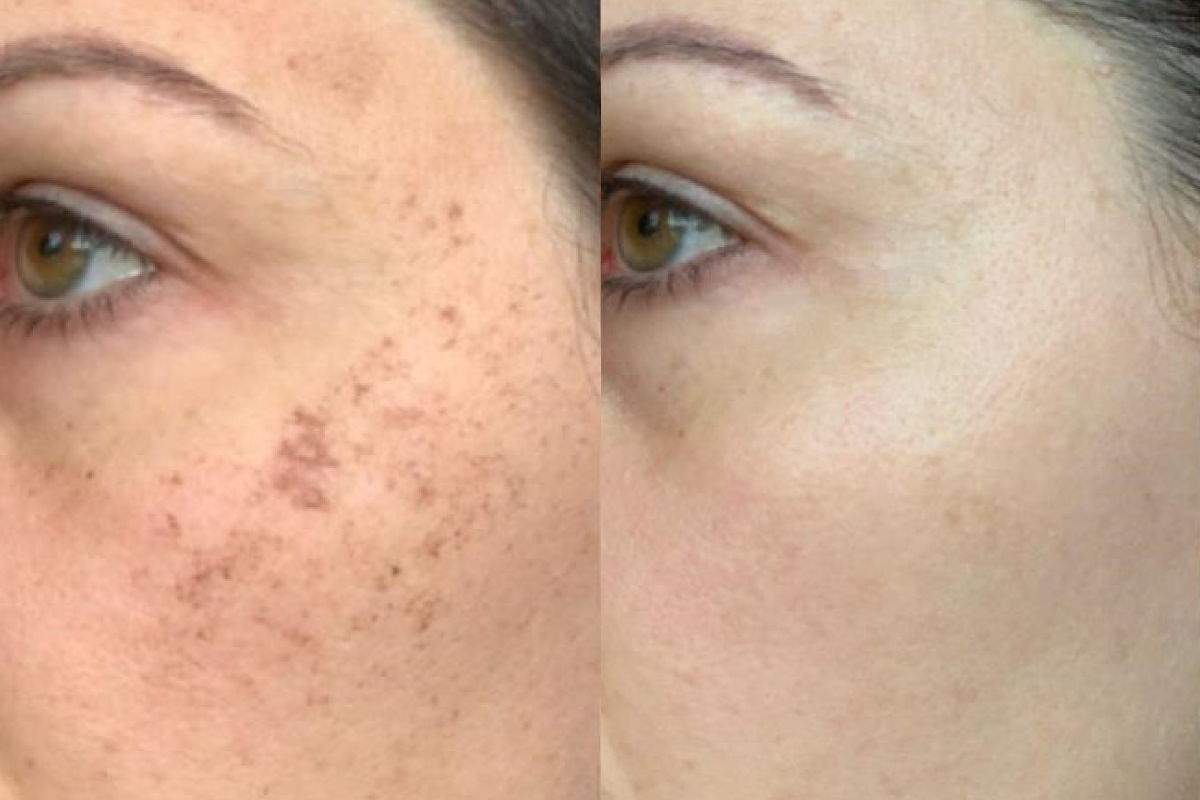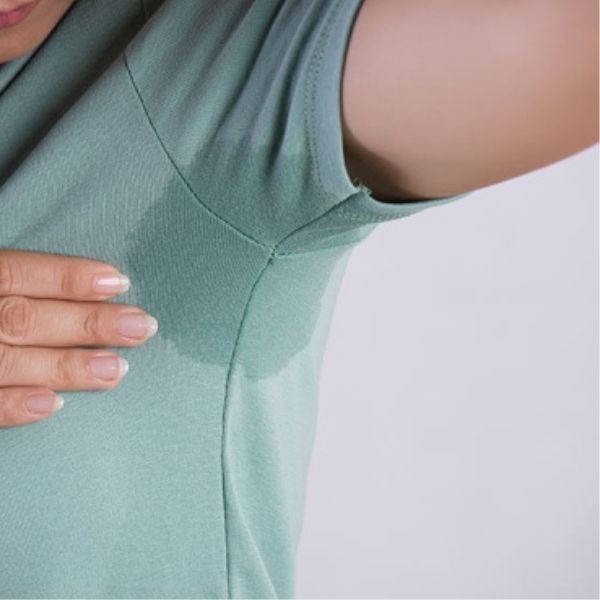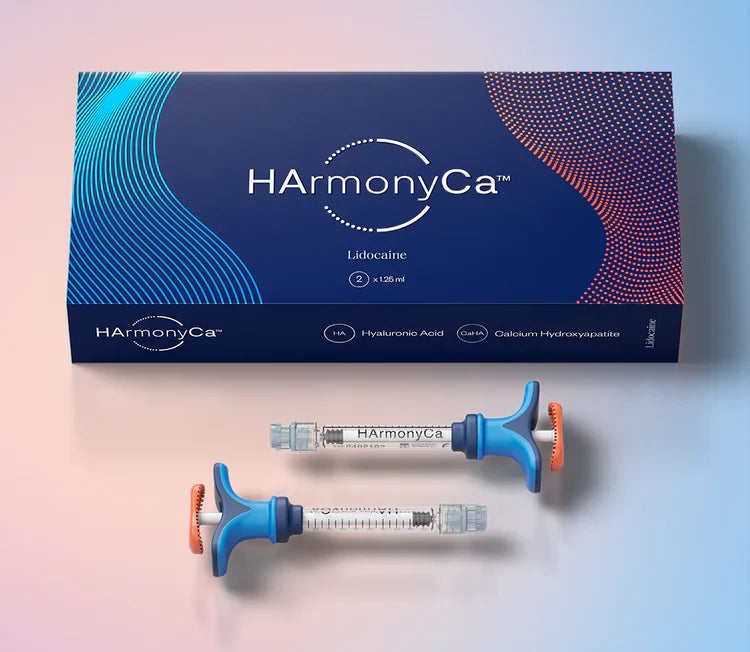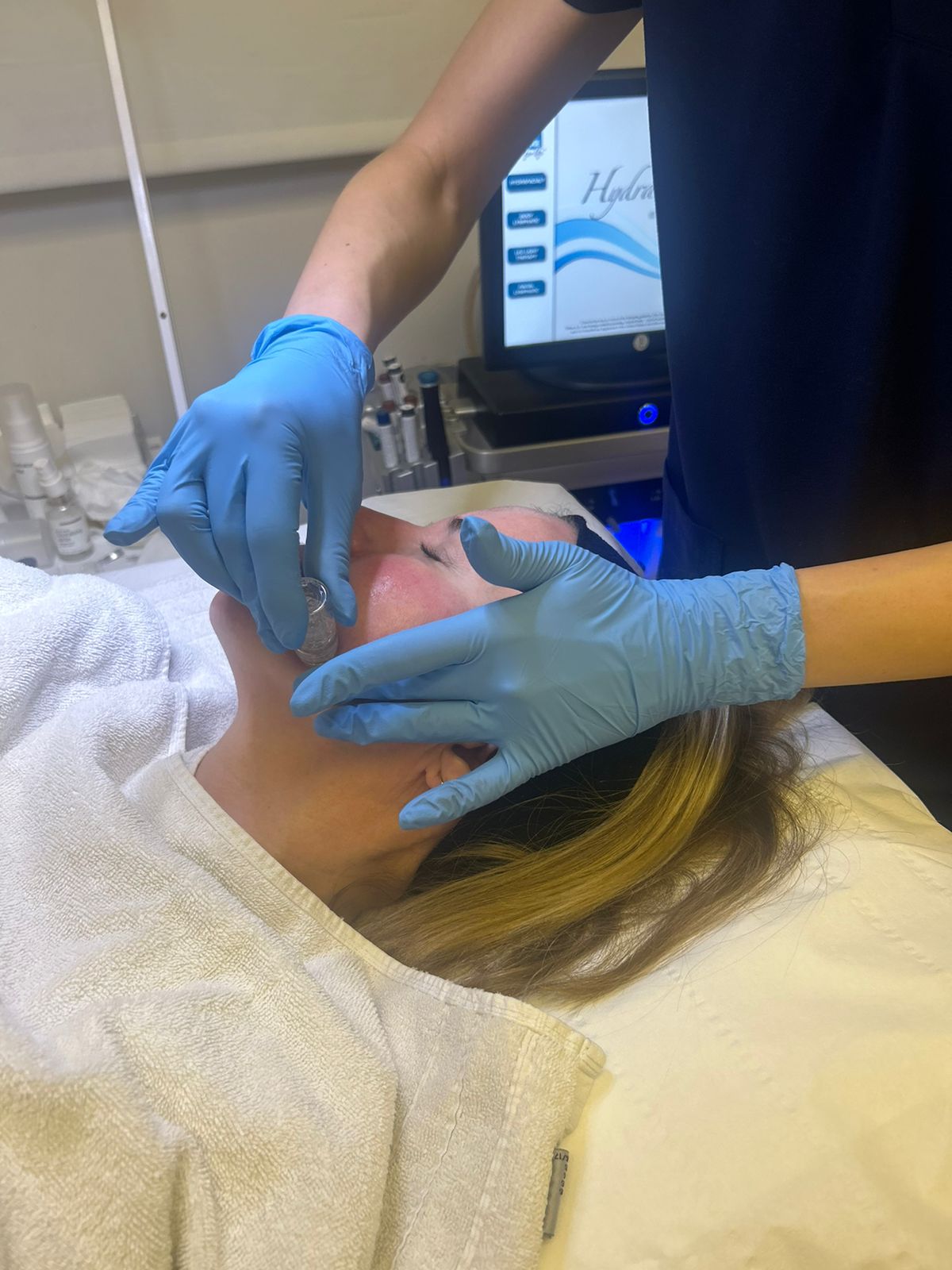Autumn is here again – and that means it’s time to assess the sun damage you may have accrued during your time in the summer sunshine.
Whether you spent your holiday by the seashore or exploring European cities, your skin likely experienced some kind of damage over those summer months. Sometimes that sun damage isn’t visible until years later; other times, sun damage appears in the form of pigmentation – including red and brown spots – on the facial skin.
During the IPL photofacial, laser light is delivered to the treatment area; darker pigments absorb the light and eventually break down. A cooling handpiece helps maintain comfort during the heating process, ensuring that patients can relax during their 30- or 60-minute IPL treatment session.
Over time, the darker pigments are eventually pushed to the surface and sloughed away, resulting in clearer and brighter skin!
IPL treatments are non-invasive, with virtually no downtime. Most side effects include redness, sensitivity, and flaking. This flaking is essential to the rejuvenation process, as it’s your skin pushing the darker pigments to the surface so that they’ll eventually fade away.
In addition to pigmentation associated with sun damage, the IPL photofacial can also be used to treat rosacea and stretch marks, making this treatment an ideal one for patients who are looking to smooth away skin imperfections.
At Medicetics in London, our medical doctors will work with you to help you understand what to expect from your IPL photofacial. Most patients will need between 3 to 6 treatments before seeing ideal results.
To learn more about how the IPL photofacial can help resolve your skin issues, book a consultation with a Medicetics doctor today!





